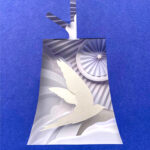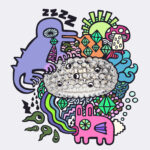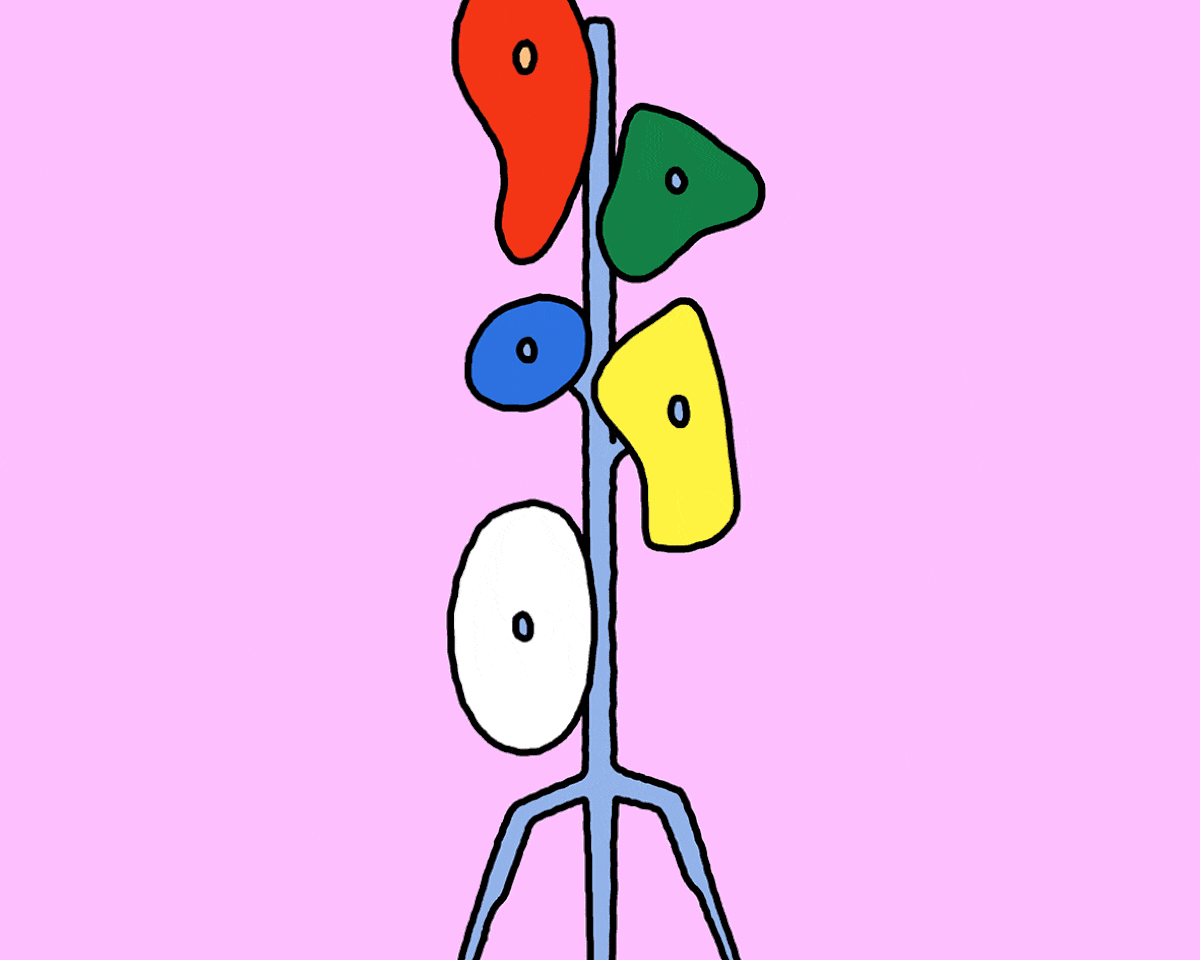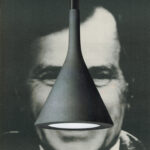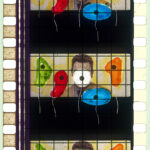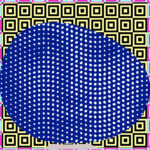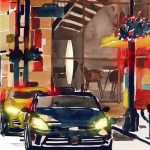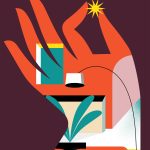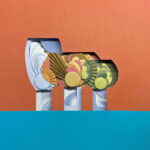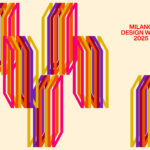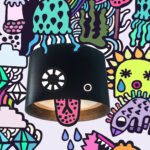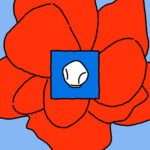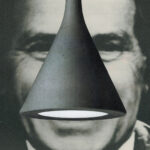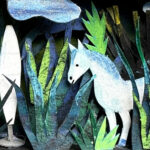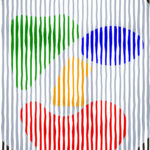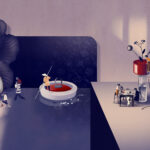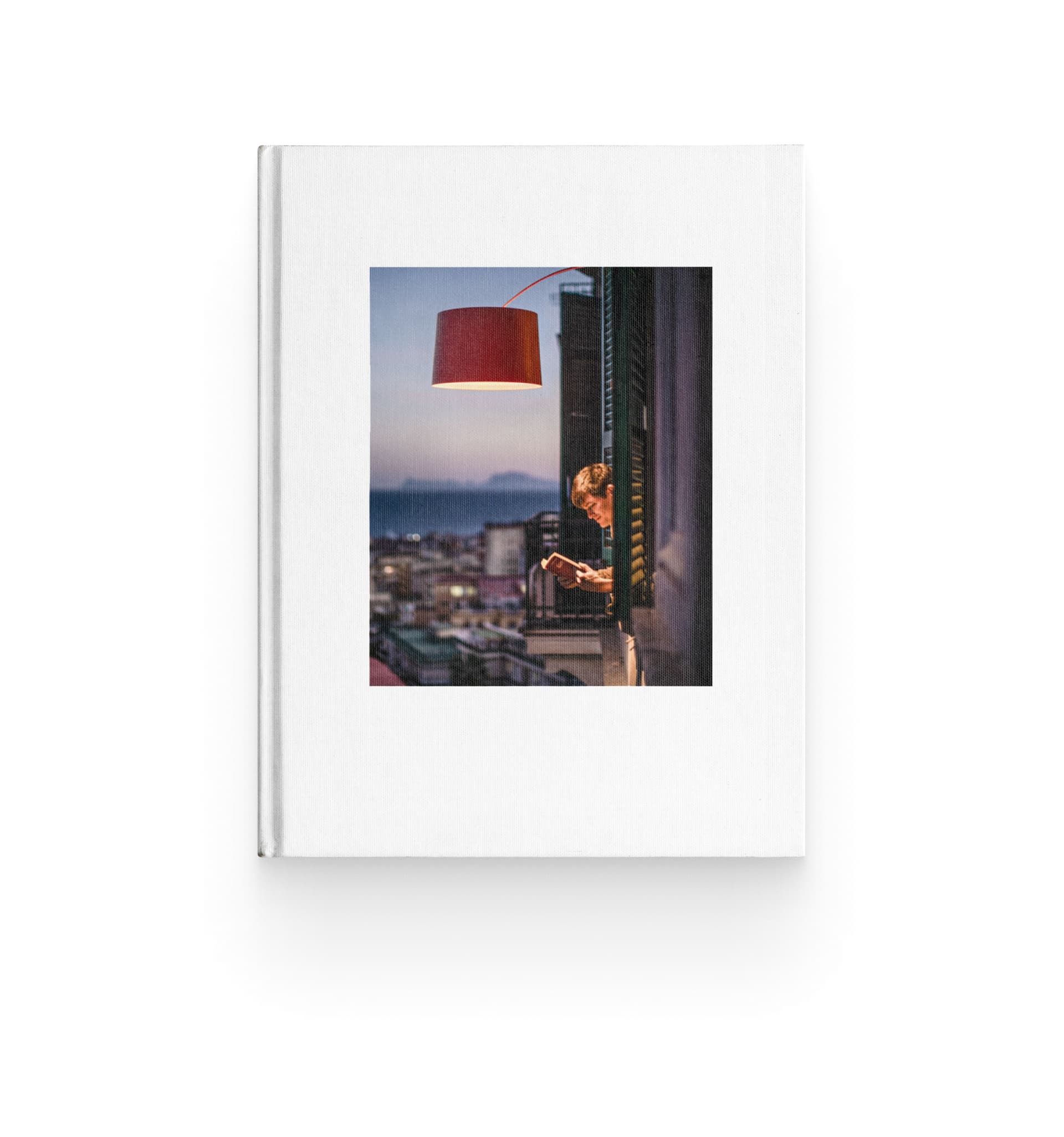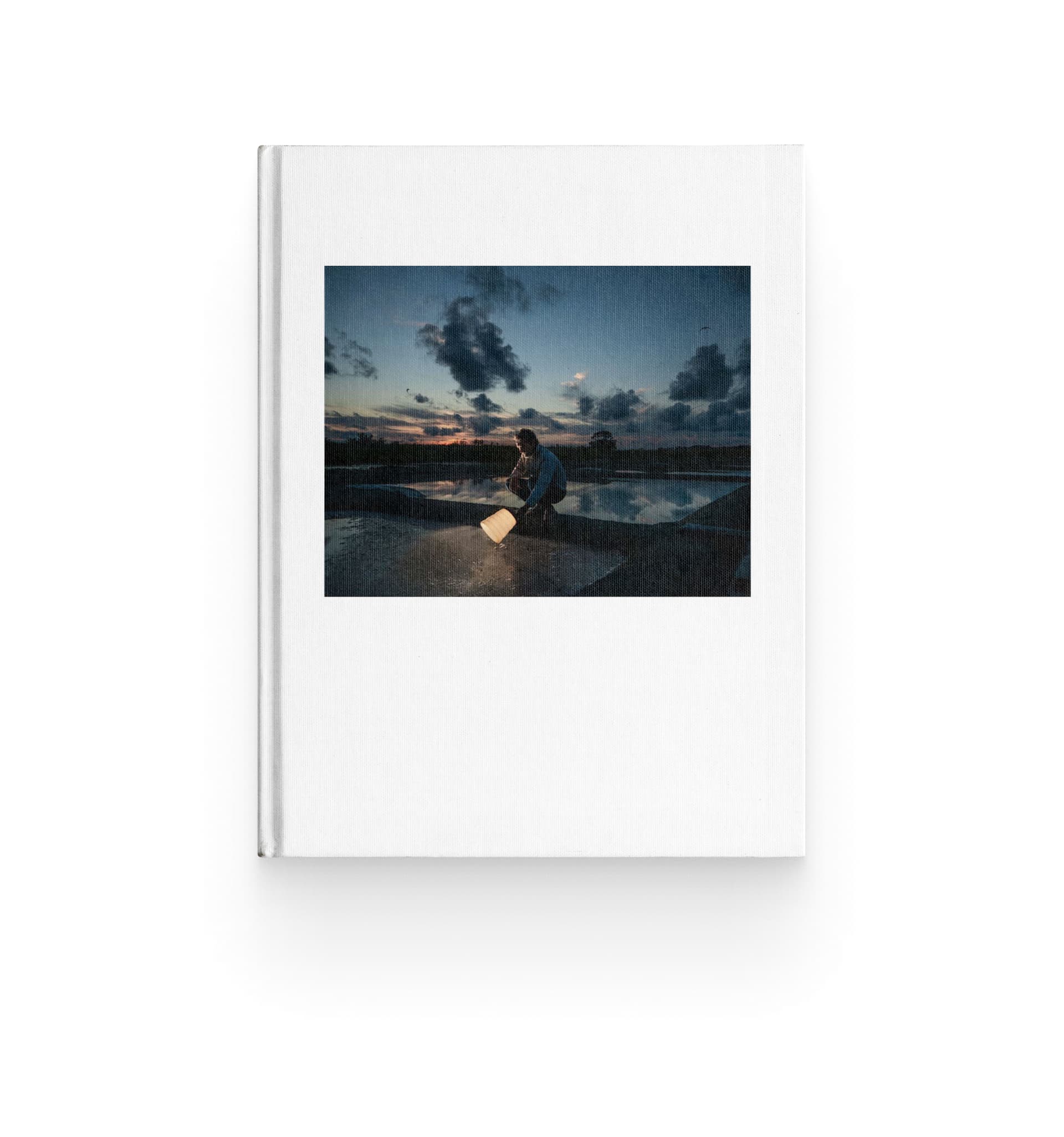What’s in a lamp? A creative project curated by Foscarini
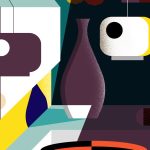
Making room for creativity: in Foscarini’s new Social Strategy Instagram becomes a stage where energy, creative freedom and research are the protagonists. What’s in a lamp? project is storytelling through images, animations, and videos, taking form in a contemporary art space, tracking the narrative thread of the Foscarini brand, with its essence, inspirations and collections.
Constantly seeking original and distinguishing solutions – not just in terms of products, but also in narrative approaches – Foscarini has decided to rethink the industry’s typical conventions of social media communication and evolves its storytelling in an unprecedented and distinctive way.
The Instagram @foscarinilamps feed is transformed into a virtual place that offers room for well-known and emerging exponents in the world of visual arts, with the objective of developing amazement, beauty and fun. A kaleidoscopic project where international artists and content creators with different backgrounds – from digital art to photography, illustration to motion art – have been invited to “play” with Foscarini collection and get inspired by a catalogue of lamps composed by different styles, materials, and designers.
“Foscarini is a company fueled by ideas, curiosity, a desire to experiment with ourselves and with new concepts. We were seeking a more distinctive, more personal way to present ourselves on social channels – a fresh solution that, grappling with the limits and characteristics of the medium, allows us to give space to creativity, gather stimuli, relate them, exchange knowledge, and combine experiences. This new digital project will feature original content that, through visual inspirations where our light takes center stage, will uncover the power of ideas.”
CARLO URBINATI
/ PRESIDENT AND FOUNDER OF FOSCARINI
The first contribution comes from Luca Font – a versatile Italian artist – with an original series of illustrations inspired by modernism, with lively geometric effects. He is followed by the well-known Israeli illustrator Noma Bar – the master of negative space. And then: Federico Babina, Oscar Pettersson, Maja Wronska, Kevin Lucbert, Alessandra Bruni, Luccico and many others. Unique voices, styles and interpretations, narrating thoughts, sensations and emotions triggered by Foscarini lamps, to emphasize their forms, the ideas behind their concepts, or the effects they produce in a space. An intense calendar of unusual ideas and visions on the theme of light; a creative pathway that expresses reflections on the role played by Foscarini lamps in the transformation and definition of a personal interpretation of the home environment.
Follow the project on the official Instagram channel @foscarinilamps, immerse yourself in the magic and inspiration of the various creative interpretations.
